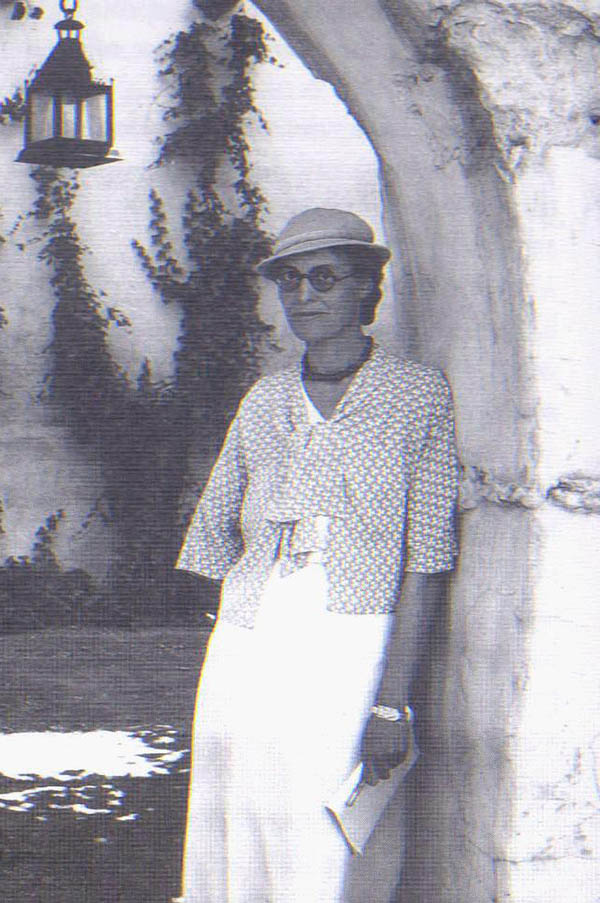Emily Edwards (October 7, 1888 - February 16, 1980) was an artist, historian, and educator based in San Antonio, Texas. She was born and raised in San Antonio; her mother died when she was young and she and her sisters were sent to the Ursaline Academy, a boarding school, there, where her artistic talents were first recognized. Edwards continued her education at the San Antonio Female Institute and took classes with the Italian-born sculptor Pompeo Coppini (1870 - 1957), who had immigrated to the United States and settled in San Antonio. In 1905, Edwards moved to Chicago to attend the Art Institute of Chicago, where she studied with some of the leading artists in the city, including Enella Benedict (1858 - 1942), Ralph Elmer Clarkson (1861 - 1942), Harry Mills Walcott (1870 - 1944), and John Vanderpoel (1857 - 1911). Edwards volunteered to teach art classes at Jane Addams' Hull House and worked as a teacher at the Francis W. Parker School and several other schools in Chicago. In 1917, Edwards returned to San Antonio to teach at Brackenridge High School but by 1920 had left again, first to teach at a mountain mission in West Virginia, then to New York City to work as a stage designer, then to Provincetown, Massachusetts to work as a puppeteer, then briefly returning to Hull House in Chicago before coming back to San Antonio. It was at this point (1924) that she and Rena Maverick Green (1874 - 1962) cofounded the San Antonio Conservation Society, with Edwards serving as its first president. The organization was initially focused on preventing the cementing over of a part of the San Antonio River for flood control purposes. Working with other organizations, the city, architect Robert H.H. Hugman (1902 - 1980), and, eventually, the Works Progress Administration, the Conservation Society was instrumental in establishing the San Antonio River Walk, now widely regarded as the city's main tourist attraction. The Conservation Society also worked to rescue several historic buildings in downtown San Antonio from destruction in its early years. To raise funds for the society, Edwards staged puppet shows around town and drew a remarkable historical pictorial map of the city. Despite all these efforts, Edwards still managed to travel to Mexico in the summers of 1925 and 1926, where she met artist Diego Rivera (1886 - 1957), who became a teacher and lifelong friend. Edwards spent most of the next decade in Mexico, publishing books on Rivera's frescoes and Mexican frescoes more generally, producing a historical map of Mexico City similar to her earlier San Antonio map, and gaining a reputation as a talented artist herself, mostly with watercolors and prints. In 1927, while in Mexico, Edwards married Librado de Cantabrana and had a child named Basilio that died in infancy. By the late 1930s, Edwards had gotten divorced, left Mexico, and returned to Hull House in Chicago to work as the director of its art program. In the late 1950s, Edwards returned to San Antonio and focused on preserving the river walk, and wrote three more books, a book on frescoes that was the culmination of years of study, Painted Walls of Mexico. From Prehistoric Times until Today, a book on the history of her alma mater, the Ursuline Academy, and a biography of local architect, engineer, and politician François P. Giraud (1818 - 1877), the latter two published posthumously.


